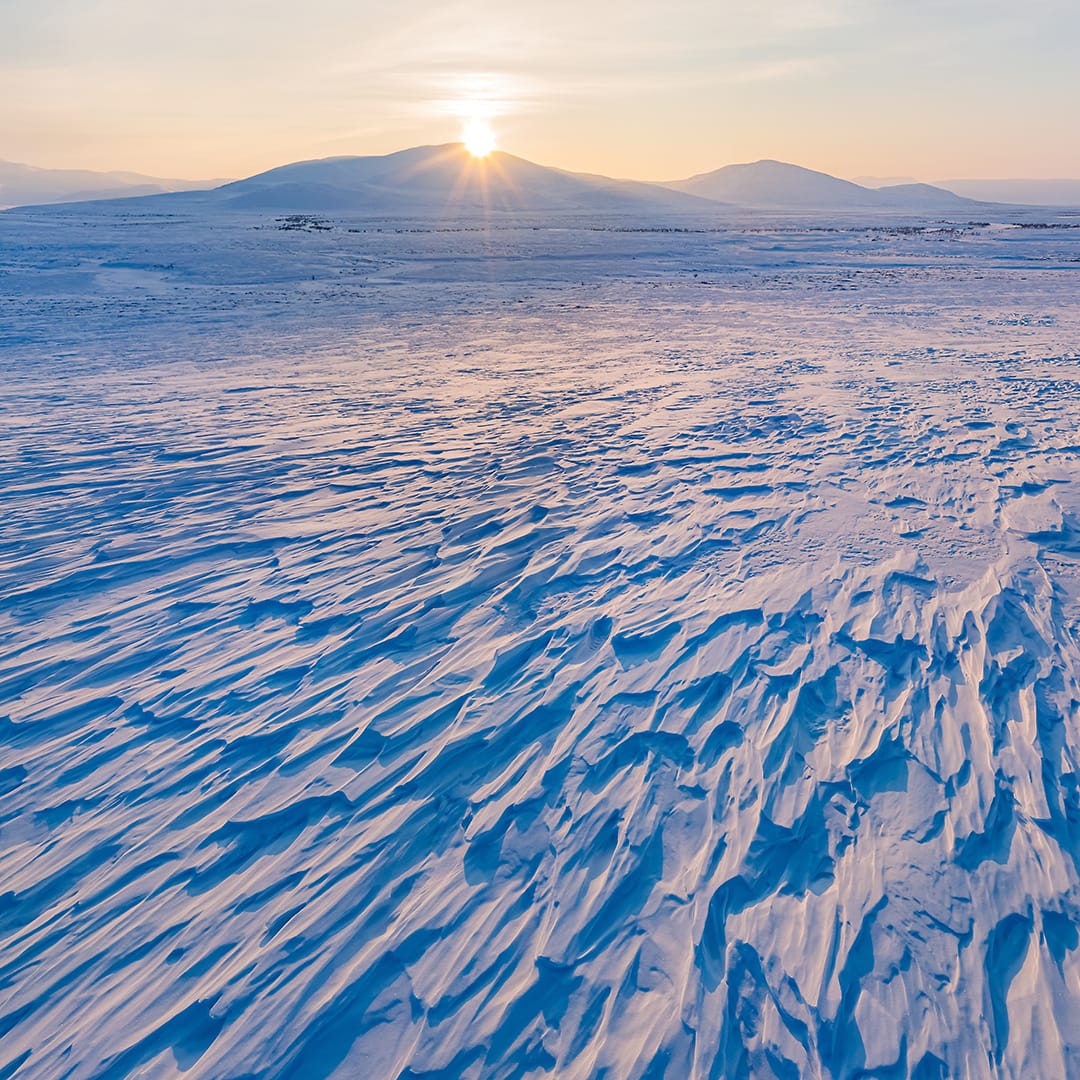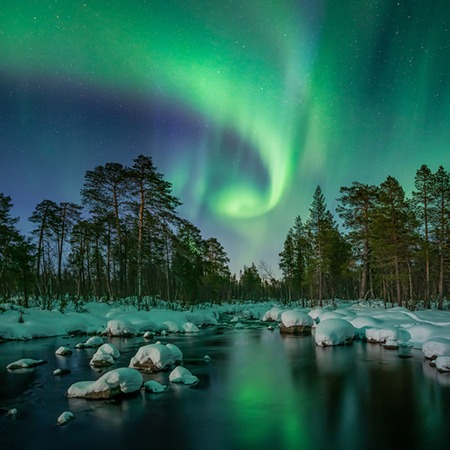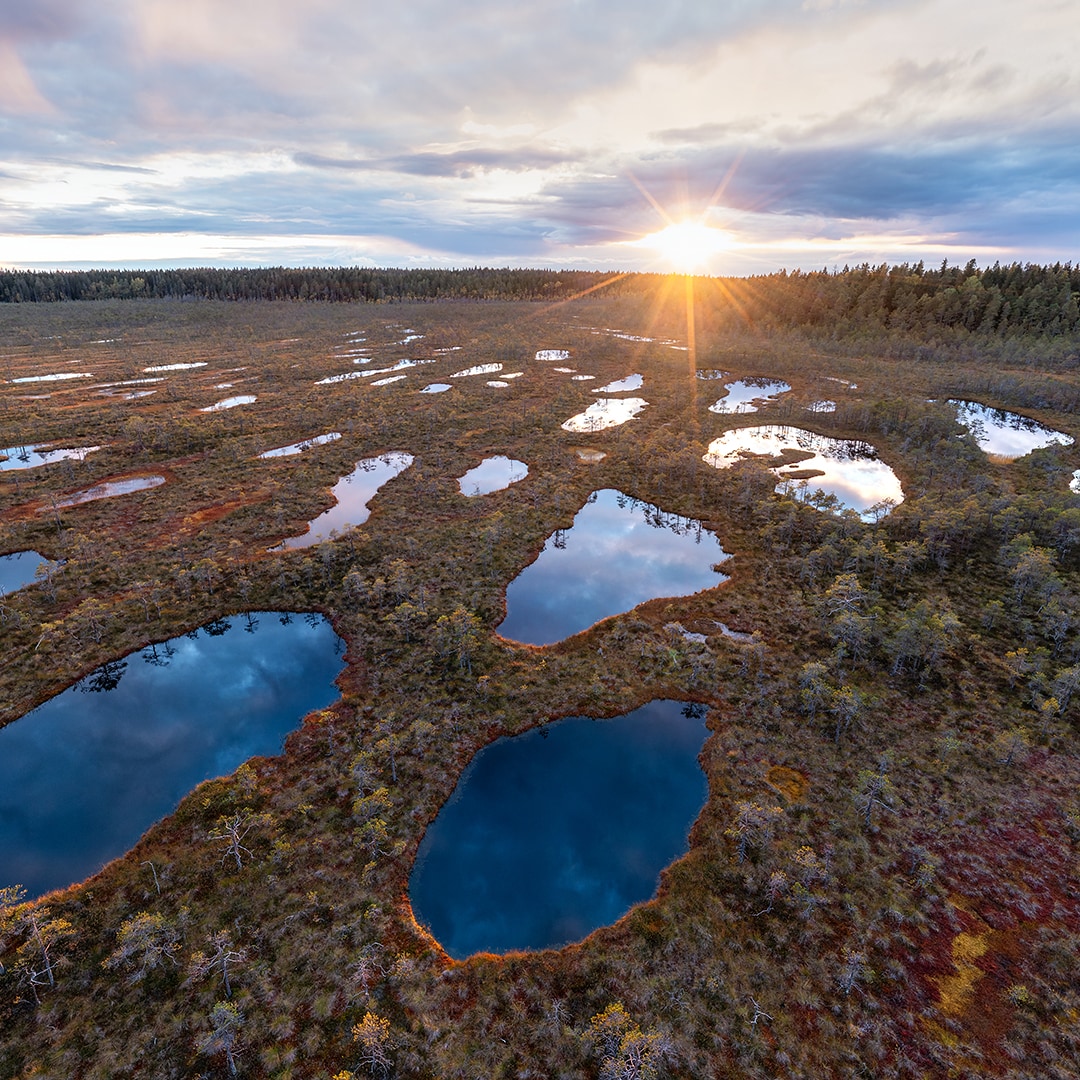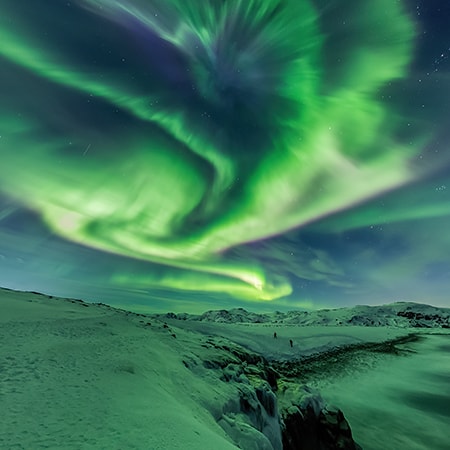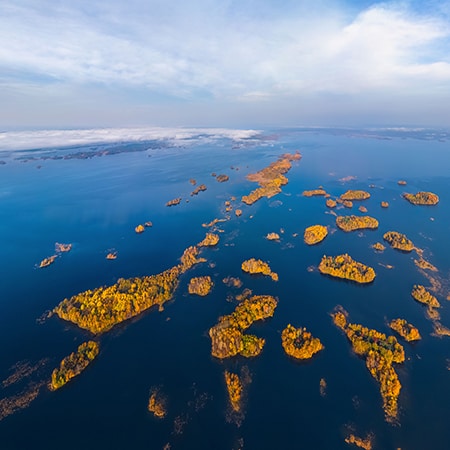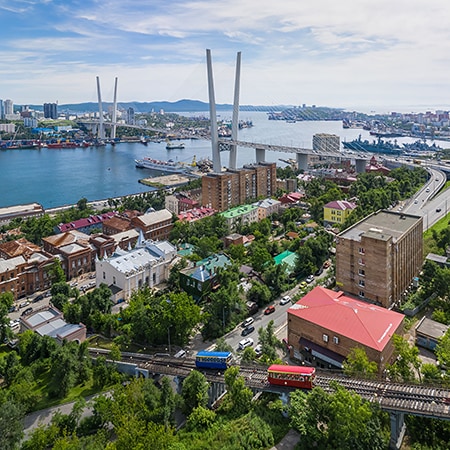Kronotsky Nature Reserve, Kamchatka, Russia
The central part of the Kronotsky Nature Reserve features everything that Kamchatka is famous for: volcanoes surmounted by glaciers, mountain rivers, crystal lakes, larch forests, tundras and the coast of the Pacific Ocean. The largest freshwater lake in Kamchatka is also located here and bears the name Kronotskoye. The lake covers an area of 246 sq km, has the maximum depth of 136 meters and was formed around 12,000 years ago as a result of the activity of Kronotsky and Krasheninnikov volcanoes. Lava flows dammed the ancient Paleokronotskaya River and created a natural barrier for the water.

The lake has around 30 inflowing rivers and streams and only one primary outflow — the Kronotskaya River. Its length is 39 km, it starts at the foot of Kronotsky Volcano and flows into the Pacific Ocean. The banks of the river are rich with floodplain forests with bears, minks, otters, lynxes and ermines inhabiting them. The head of the river is a home for the Steller's sea eagle — the largest bird predator, the endemic species of Far Eastern Russia. The Kronotskaya, as many other rivers of Kamchatka, is a spawning river: humpback salmons, chum salmons, sockeye salmons, East Siberian chars, Dolly Varden trouts, coho salmons and smelts inhabit this area and breed here.

The estuary of the Kronotskaya River — the Kronotsky Liman (Lagoon) — is a nesting place for thousands of seagulls and a home for marine mammals. The banks of the bay is a resting area for spotted seals. The lower reaches of the Kronotskaya River are the nesting place for different sandpipers, ducks and terns. It is also the area of habitation of the Far Eastern curlew — one of the rarest birds included in the red list of threatened species.
Kronotsky Volcano is the highest in the Nature Reserve (3,528 m) and one of the most beautiful in the world. Some nature lovers compare it to Mount Fuji. In fine weather, the cone shape of the volcano reflects in a mirror-smooth surface of Lake Kronotskoye.
The "Aerodrom" cordon located in the middle reaches of the Kronotskaya River is the starting point for hiking and boat trips to Lake Kronotskoye and the preserved coast of the Pacific Ocean.

The significant inhabitant of Kronotsko-Bogachevskaya tundra is the reindeer. In Kamchatka, its population is around 500 and is only found in the Kronotsky Nature Reserve. The Kamchatka subspecies of this animal is the largest in Europe and needs special protection as it is in the red list of endangered species.
Photos and video by: Stanislav Sedov. Stitching video by Nickolay Denisov
Read more
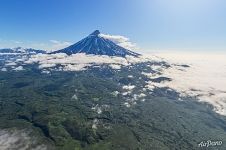 Kronotsky volcano
Kronotsky volcano
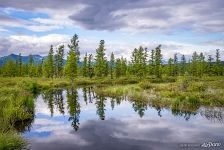 Meteorologov Creek
Meteorologov Creek
 Kronotskoye Lake. Uzon Bay
Kronotskoye Lake. Uzon Bay
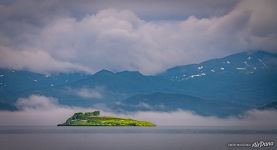 Bianki Island
Bianki Island
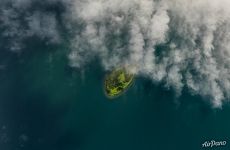 Above Bianki Island
Above Bianki Island
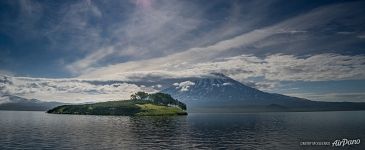 Bianki Island
Bianki Island
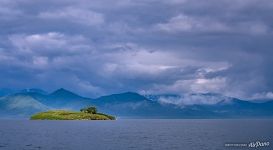 Derzhavin Island
Derzhavin Island
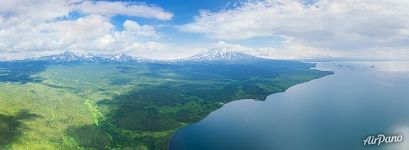 Panorama of Kronotskoye Lake
Panorama of Kronotskoye Lake
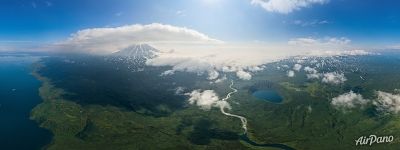 Above cordon Istok (Source)
Above cordon Istok (Source)
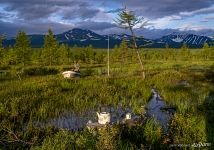 Near Meteorologov Creek
Near Meteorologov Creek
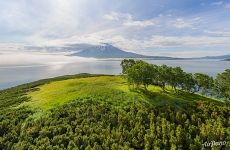 Birch Grove on Bianki Island
Birch Grove on Bianki Island
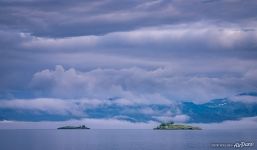 Bianki Island and Derzhavin Island
Bianki Island and Derzhavin Island
Virtual Travels in 360°
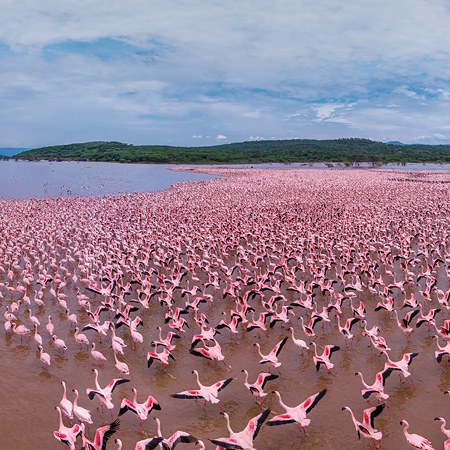 Flamingo, Kenya, Lake Bogoria
Flamingo, Kenya, Lake Bogoria
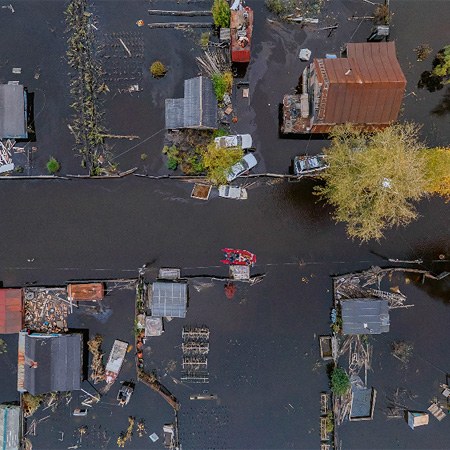 Flooding in Amur River, Russia, 2013
Flooding in Amur River, Russia, 2013
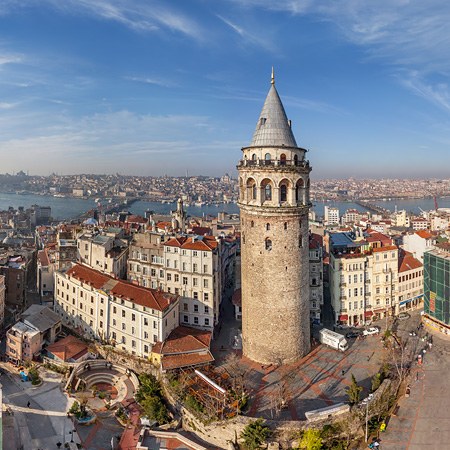 Istanbul, Turkey
Istanbul, Turkey
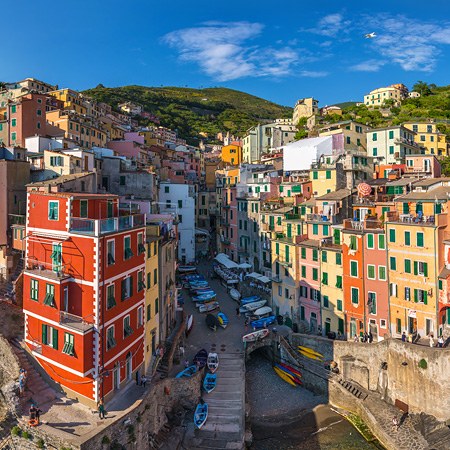 Riomaggiore, Cinque Terre, Italy
Riomaggiore, Cinque Terre, Italy
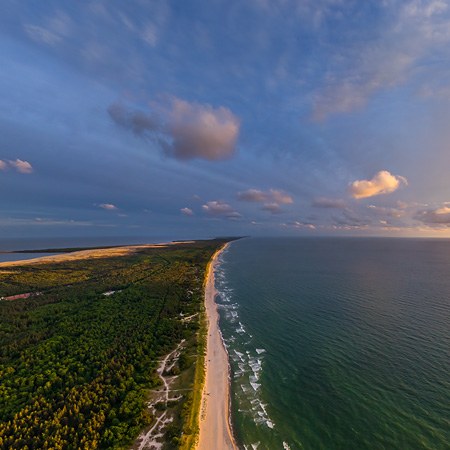 Curonian Spit, Lithuania
Curonian Spit, Lithuania
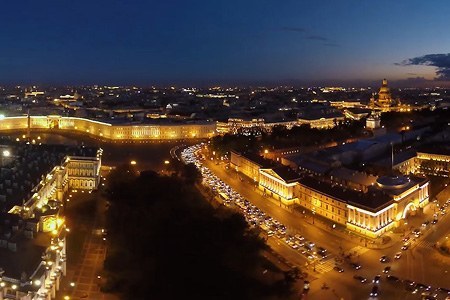 Saint Petersburg at night, Russia
Saint Petersburg at night, Russia
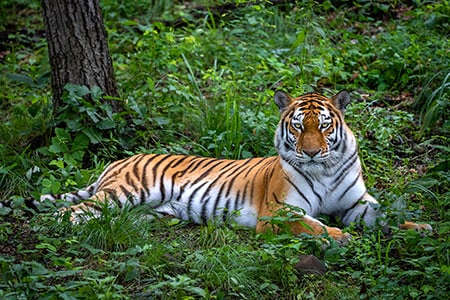 Wlid Cats, Primorskiy Safari-Park
Wlid Cats, Primorskiy Safari-Park
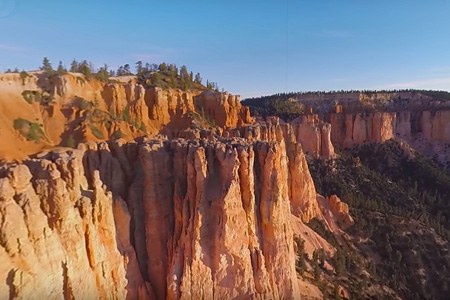 Bryce Canyon, USA. Part I
Bryce Canyon, USA. Part I
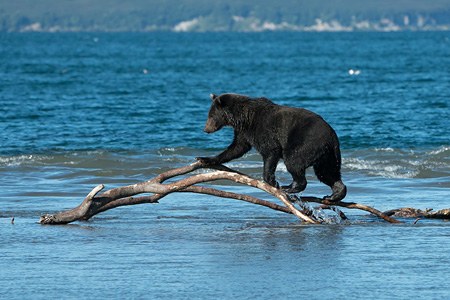 Journey to the bears in the Kronotsky Reserve, Kamchatka
Journey to the bears in the Kronotsky Reserve, Kamchatka
 Holi Festival, India
Holi Festival, India
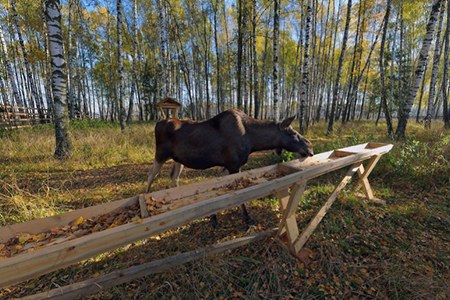 National Park Losiny Ostrov
National Park Losiny Ostrov
Show more




